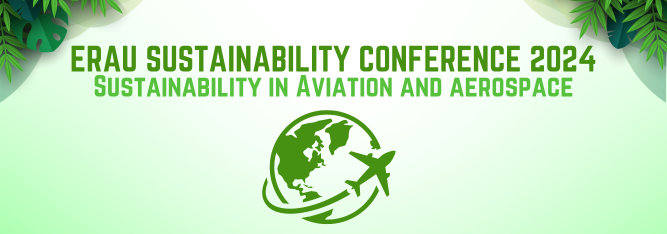Assessing Human Impact on the Soil and Water of Jekyll Island, Georgia
Presentation Type
Poster Presentation
In Person or Zoom Presentation
In-Person
Campus
Daytona Beach
Status
Student
Student Year and Major
Senior, Aerospace Physiology
Presentation Description/Abstract
Jekyll Island has been one of Georgia’s top vacation spots since the late 1800s, but its dependence on tourism has the potential to affect its ecosystem. While prior studies have examined erosion and native flora, little is known about how recreation impacts the island’s soil composition. This study collected soil samples from areas with varying levels of human traffic. A commercially available soil probe was used to collect the soil. The samples were analyzed for pH, nitrogen, phosphorus, and potassium using a LAMOTTE Model EM soil testing kit. Preliminary soil results showed that high-foot traffic areas averaged a pH of 6.5, compared to 5.25 in low-traffic areas. Lower pH in undisturbed areas suggests that organic acids accumulate due to uninterrupted decomposition. Nitrogen levels were consistently low, at around 3 lb./acre, which aligns with the island’s past concerns regarding erosion. Phosphorus levels in high-traffic areas ranged from 75 to 125 lb./acre, while potassium ranged from 120 to 260 lb./acre, higher than in low-traffic areas (10 to 190 lb./acre). These findings highlight the impact of human activity on soil chemistry and ecosystem health. This issue is relevant beyond Earth, as similar factors could affect future planetary colonization. As humanity explores sustainable living on other planets, understanding the ecological impact of human presence becomes essential. This study lays the groundwork for future ecological assessments and conservation efforts led by the ERAU Chemistry Club.
Assessing Human Impact on the Soil and Water of Jekyll Island, Georgia
Jekyll Island has been one of Georgia’s top vacation spots since the late 1800s, but its dependence on tourism has the potential to affect its ecosystem. While prior studies have examined erosion and native flora, little is known about how recreation impacts the island’s soil composition. This study collected soil samples from areas with varying levels of human traffic. A commercially available soil probe was used to collect the soil. The samples were analyzed for pH, nitrogen, phosphorus, and potassium using a LAMOTTE Model EM soil testing kit. Preliminary soil results showed that high-foot traffic areas averaged a pH of 6.5, compared to 5.25 in low-traffic areas. Lower pH in undisturbed areas suggests that organic acids accumulate due to uninterrupted decomposition. Nitrogen levels were consistently low, at around 3 lb./acre, which aligns with the island’s past concerns regarding erosion. Phosphorus levels in high-traffic areas ranged from 75 to 125 lb./acre, while potassium ranged from 120 to 260 lb./acre, higher than in low-traffic areas (10 to 190 lb./acre). These findings highlight the impact of human activity on soil chemistry and ecosystem health. This issue is relevant beyond Earth, as similar factors could affect future planetary colonization. As humanity explores sustainable living on other planets, understanding the ecological impact of human presence becomes essential. This study lays the groundwork for future ecological assessments and conservation efforts led by the ERAU Chemistry Club.

